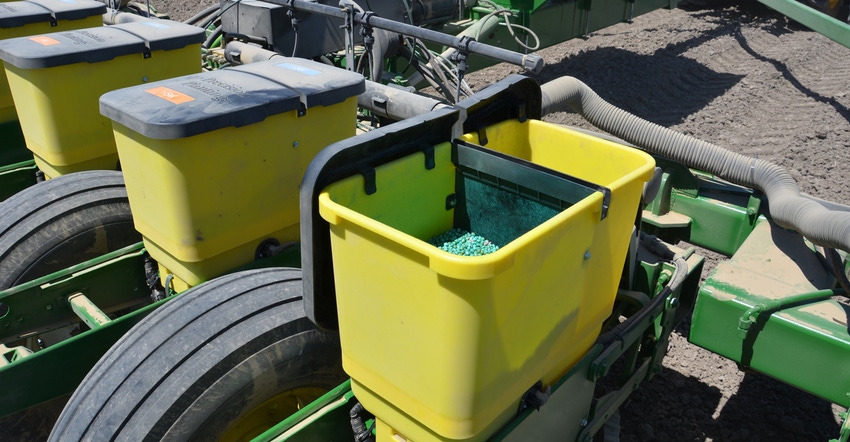
Welcome to another year of Corn Watch! By monitoring one field in central Indiana throughout the season, from planting though harvest, this series will shed light on what might be happening in your own fields. Your weather and soil conditions may be different, but some of the same growth scenarios, insect issues and diseases that appear in this field could show up in your fields, too.
Watch for weekly updates on this website and each month in the magazine. Compare performance in this field to what is happening in your area. Corn Watch ’20 is proudly sponsored by Seed Genetics Direct, Jeffersonville, Ohio.
Match hybrids to soils
The cooperator for Corn Watch ’20 made a significant investment in his planter since the 2019 season. He upgraded to units that can plant more than one hybrid per pass. The multi-hybrid planting capabilities are based on how he draws prescription maps for the computer in the cab, which signals the planter what to plant at any one location.
Why make such an investment? The operator remains anonymous as part of the Corn Watch project, but here is his logic. “We want to get the most from each acre — that is what precision farming is all about,” he says. “To me, the No. 1 place to start to do that is with the hybrid. You need the right hybrid on each acre that can perform best in that particular soil type and environment.”
How did he decide which hybrids to plant where this year? He believes he knows his fields and soils better than anyone else because he traverses them multiple times per year, tilling, planting, spraying and harvesting. That allows him to know what various parts of each field are capable of when he seeks top yields.
That’s why he set up his own prescription maps before the 2020 season began. The hardest part, he says, was figuring out how to order the right amount of seed for each field during this inaugural year with multi-hybrid planting.
Side-by-side hybrids
In recent years, the Corn Watch ’20 field has featured 24 rows of one hybrid and 24 rows of another hybrid, alternating across the field. The operator has typically planted two hybrids in each field, filling 12 rows of his 24-row planter with one hybrid and the other 12 with a second hybrid.
He says that by doing that for many years and varying hybrid pairs in various fields, he has learned a lot about which hybrids perform best under various conditions. He used that information to help prepare prescription maps for fields where he will do multi-hybrid planting this year.
The Corn Watch ’20 field will still be planted with alternating blocks of two hybrids and will not use multi-hybrid planting. The operator says he still needs a few fields where he can continue to make valid hybrid-by-hybrid comparisons. That would be difficult where hybrids change by soil type.
Look for new wrinkles in Corn Watch ’20 reports. With two hybrids in the field, for example, it will be possible to compare uniformity of emergence.
About the Author(s)
You May Also Like




